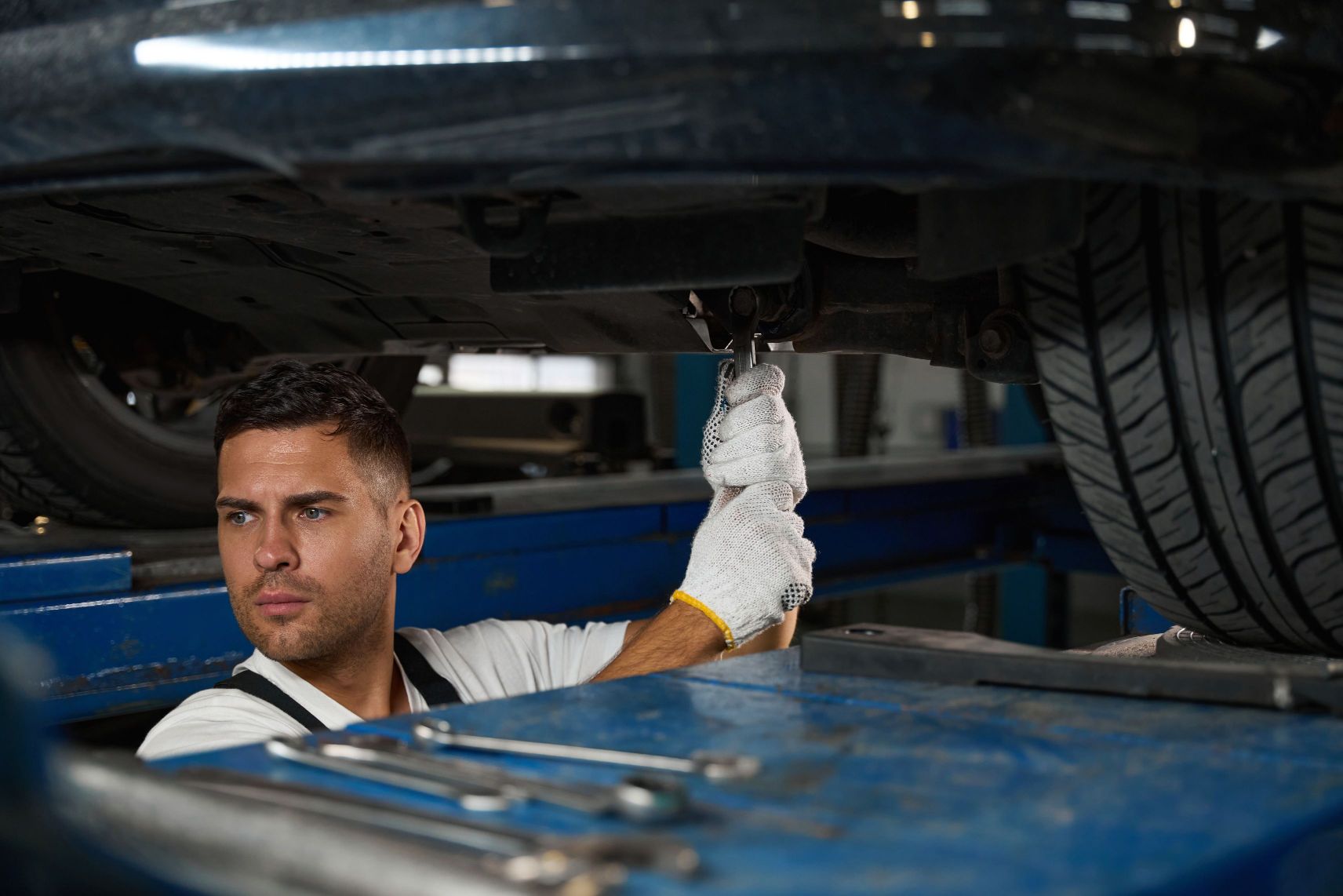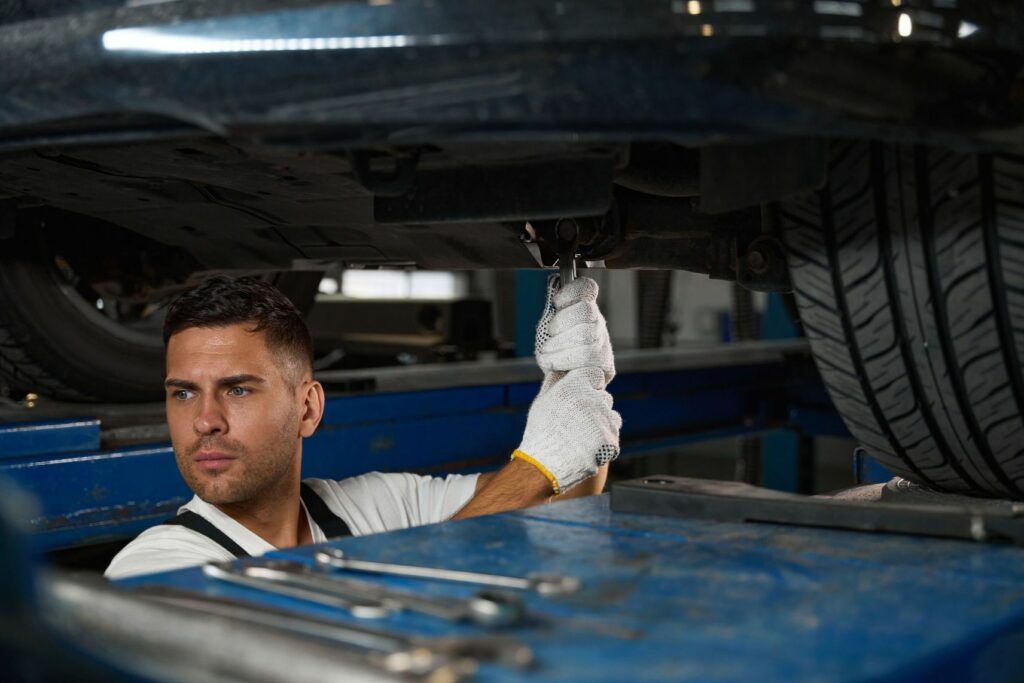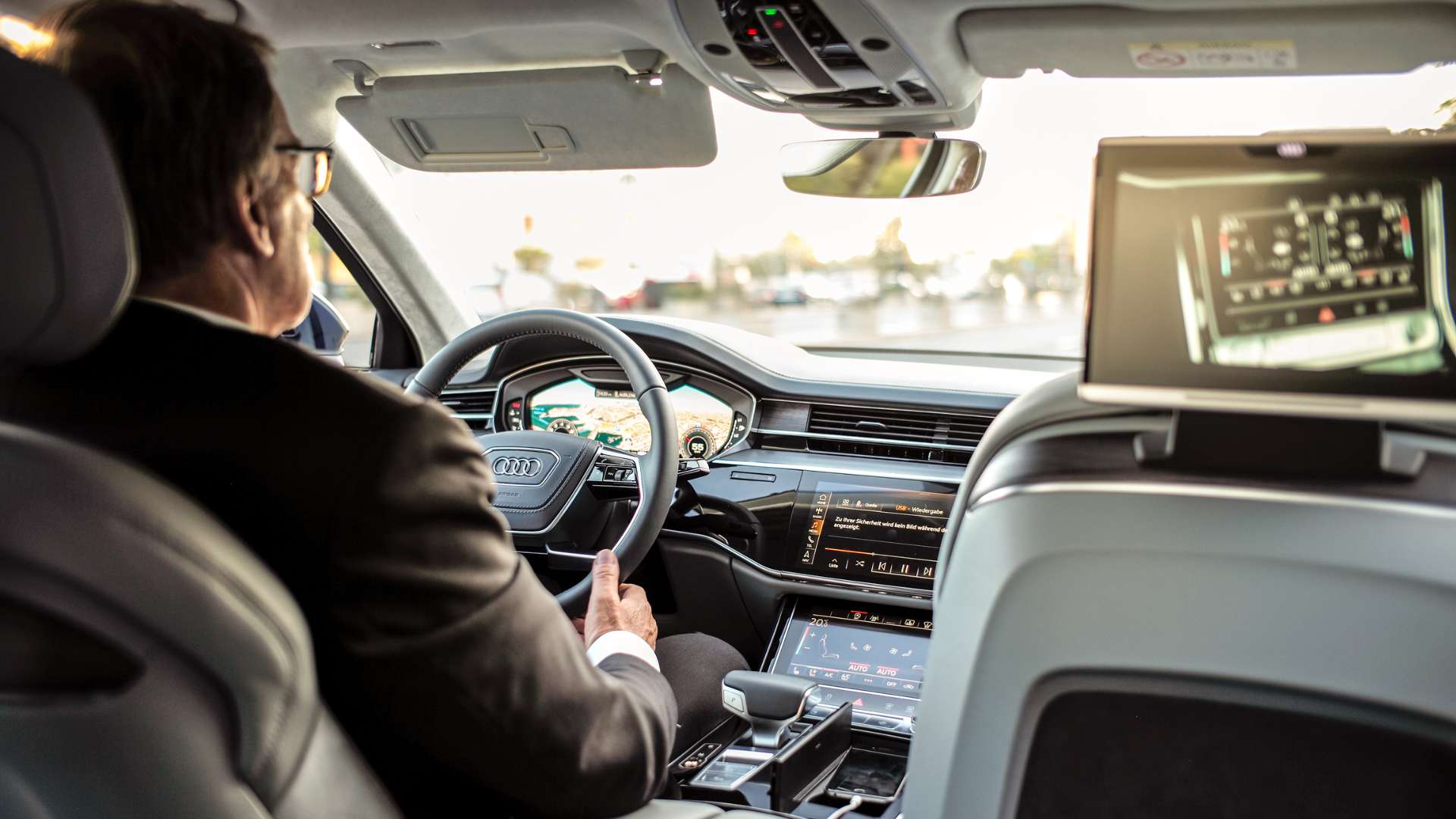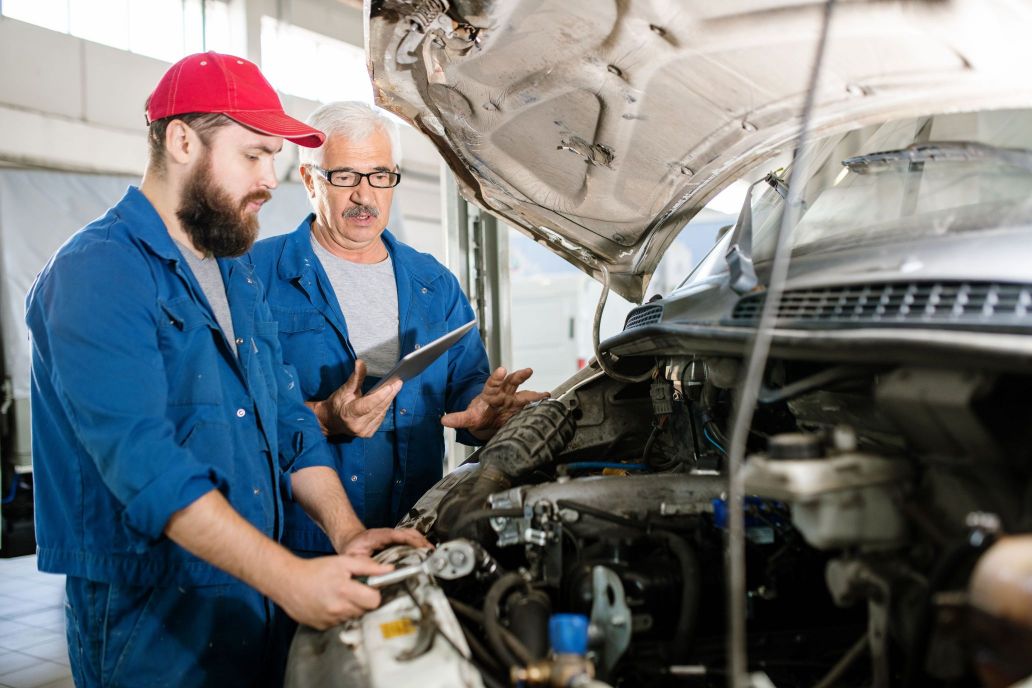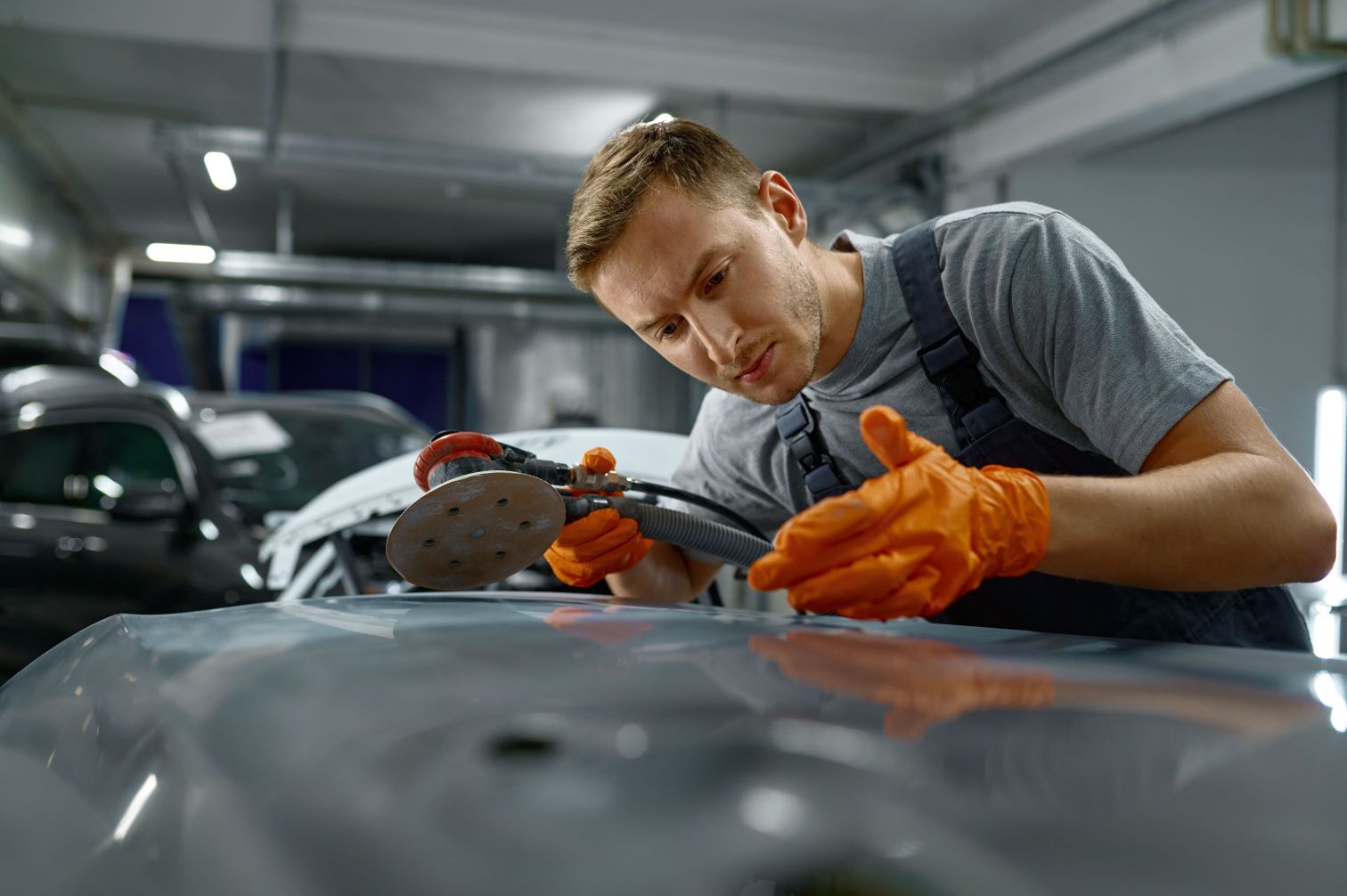Since January 1992, technical control is compulsory for all light vehicles. It covers many points of control . The term “hardened”, also known as “reinforced” and “new” roadworthiness tests, has been adopted since July 2019. This is because the nature of test points involved have changed. New procedures take into consideration, among others, pollutant emissions when examining a vehicle. Learn what’s actually considered during a roadworthiness check.
Definition of technical inspection
A CT is an examination that involves visual inspection by professionals (technical controllers) at approved centers. The average time for the CT is 45 minutes and it does not require dismantling. This control is done to verify the vehicle conforms with its specifications. At the end of inspection the center will then issue an a Report To the owner of vehicle. The document specifies whether or not the vehicle can be circulated. (More information on counter-inspection is in the paragraph below). A sticker must be placed on the windshield to attest the vehicle’s conformity and indicate the date for the next technical inspection. The CT is not the same as car diagnosis. This involves identifying causes for failures that occur outside of the maintenance program. Your car’s maintenance is very important, in order to keep it safe.
Advanced technical inspection: 133 points for your vehicle
The 2019 entry into effect of the Enhanced technical control There are now 133 points of control that can be evaluated. This is equivalent to 600 possible failures, which are divided into various functions.
Identification of vehicles
Eight points will be checked: the plate number, manufacturer’s plate as well as the plate number, the plate number, the plate number, the condition of presentation, the number and type of engines, and the cold strike on the chassis. Technical control is performed by a professional who ensures all elements comply with vehicle specifications and regulations. Also, he ensures that there are no unapproved modifications.
Braking apparatus
It Check the brake system At 20 points, including brake pedal, brake pad, antilock system, brake distributor and brake distributor. This includes checking for fluid leaks and corrosion as well as other possible failures.
Steering
There are 13 points of technical control in the steering system. The inspector inspects the steering wheel attachment and condition, as well as the electronic power steering system. It is important to make sure that all steering parts are functional in order for the driver to maintain control over the vehicle’s trajectory and orientation.
Visibility
Technical inspections include the windshield, any glass on the vehicle, all mirrors, interior and exterior, control systems associated with exterior mirrors, windshield wipers, washers, and the control system associated to exterior mirrors. These elements have a significant impact on the driver’s ability to see and react quickly on the roads.Good driver visibility is essential.
Lighting the car
The total CT point count includes all the signals and lights as well as warning lights. These lights improve the visibility of the driver. The vehicle’s lighting This allows drivers to be seen by other road users, which reduces the chance of an accident. These functions should therefore be carefully managed.
Ground connection
The ground is connected to 18 points that must be subjected to technical inspection. This includes the wheels, which in turn are subject to a mandatory technical examination. The axles, suspensions, bearings, and trains are also included. They are essential for the vehicle’s adhesion. They must be free from wear, damage, and/or unusual deformation.
How it works
The mechanical components of the car need to be checked at 13 locations: the engine, transmission, drivetrain, exhaust manifold and gearbox. These are elements which ensure the vehicle’s efficiency and performance. Therefore, it is important that mechanics are maintained properly and not cause any failure.
The bodywork
Many people mistakenly believe that the bodywork is only for aesthetic purposes. The bodywork must also be capable of providing safety for passengers and all mechanical components. To assess the structural and bodywork condition, the inspector checks twenty points. The floor, the roof, wings, bumpers, doors, tailgate and mudguard are all important.
Other equipment
These equipments ensure your comfort as well as your safety. These seven points are all examined in the technical inspection.
Noise and pollution are nuisances
The regulations have been tightened to include 4 control points relating the nuisances that can be caused by vehicles. An inspector determines the amount of CO2 in the exhaust gasses and then compares it to manufacturer-specified values. Analyzing the exhaust smoke’s transparency is another important consideration. The controller also evaluates noise coming from the engine. It also examines the OBD (on-board diagnostic) system.
Which critical areas are worth a second inspection?
These checks allow us to find any problems or issues with the vehicle. The failures can then be divided into one of three types:
- Minor defects: The inspector will specify the repairs needed, but there is no need for a follow-up inspection.
- Significant defects: These problems could significantly affect your car’s performance. You can find these problems in windshield impacts and dirty brake pads. The repair must be accompanied by an mandatory second inspection within two months.
- Critical failures: The problems that are identified pose a threat to road safety. The safety of road users is at stake if there are any critical defects. These include cracked axles, corrosion of the brake system, lack of one rear-view camera, excess deformation, and more than one rear view mirror. Within 24 hours, the counter-inspection should be completed.
It Car technical controls are performed at a specific frequency to make sure that no vehicle is posing a danger to other road users or the drivers. The regulatory requirements must be met at all times. A second inspection may be necessary if needed. I

